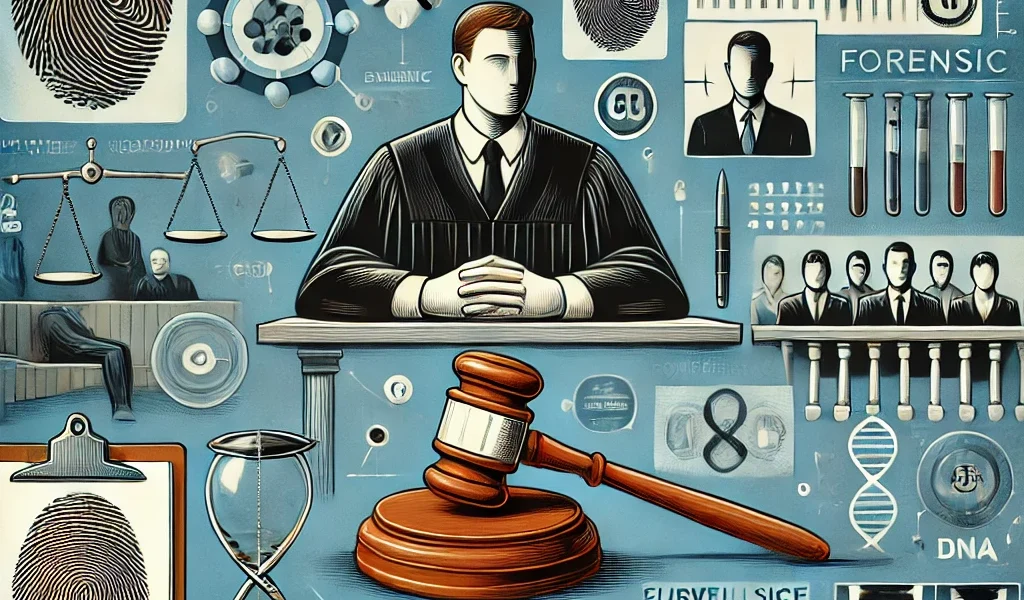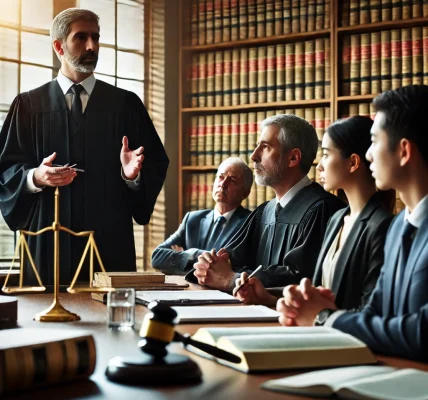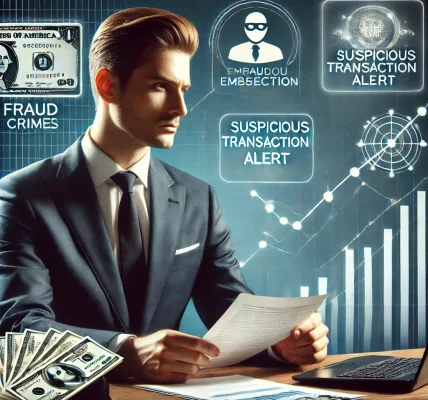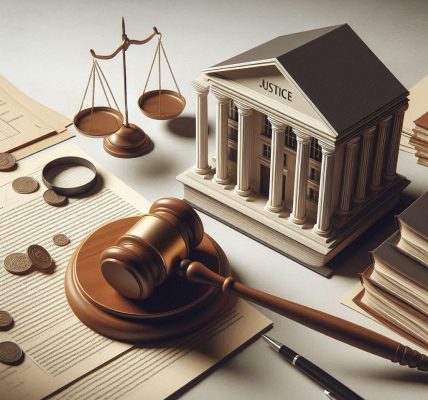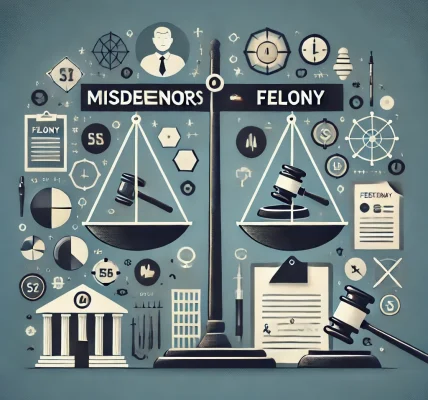Introduction
In any criminal case, evidence plays a critical role in determining guilt or innocence. Whether you are the accused or a witness, understanding the different types of evidence that can be used against you is essential. The legal system relies on factual proof to ensure fair trials, and both prosecutors and defense attorneys use evidence to argue their cases.
This article will explore the types of evidence used in criminal cases, how it is collected, and its impact on legal proceedings.
1. Understanding the Types of Evidence
Evidence in criminal cases falls into several categories, each serving a unique purpose in establishing facts.
A. Direct Evidence
Direct evidence is evidence that directly proves a fact without requiring inference.
- Eyewitness Testimony – Statements from individuals who saw the crime occur.
- Confessions or Admissions – Statements made by the accused acknowledging guilt.
- Surveillance Footage – Video recordings capturing the crime in real-time.
B. Circumstantial Evidence
Circumstantial evidence requires inference to connect it to a conclusion.
- Motive and Intent – Evidence suggesting why the accused may have committed the crime.
- Fingerprints or DNA – Biological or forensic proof linking the suspect to the crime scene.
- Financial Transactions – Bank records, online purchases, or withdrawals that support a criminal theory.
C. Physical Evidence
Tangible items presented in court to support allegations.
- Weapons Used in the Crime – Guns, knives, or any objects linked to the offense.
- Clothing or Items – Clothes with bloodstains, torn fabric, or personal belongings.
- Drugs or Contraband – Illegal substances found in possession of the accused.
D. Forensic Evidence
Scientific analysis used to establish connections between suspects and crimes.
- DNA Testing – Matches between suspects and biological materials found at crime scenes.
- Ballistics Reports – Evidence linking a firearm to bullets found at a crime scene.
- Toxicology Reports – Blood or urine tests proving drug or alcohol presence.
E. Digital Evidence
With the rise of technology, digital footprints have become critical in criminal investigations.
- Text Messages & Emails – Communications that may indicate intent or involvement.
- Social Media Posts – Online activity, photos, or comments that can be used in court.
- GPS and Location Data – Tracking movements that may contradict or support alibis.
2. How Evidence is Collected
The collection of evidence follows strict legal guidelines to ensure its credibility and admissibility in court.
A. Crime Scene Investigation
Law enforcement officers gather physical evidence from crime scenes, preserving it properly to prevent contamination.
B. Witness Statements and Testimonies
Statements from victims, eyewitnesses, or experts are recorded and used to build a case.
C. Electronic Data Collection
Authorities may obtain warrants to search phones, computers, and online accounts for relevant information.
D. Forensic Analysis
Experts analyze fingerprints, DNA, and other forensic materials to support legal arguments.
3. Legal Standards for Admissibility of Evidence
Not all evidence is automatically allowed in court. Judges determine what can be presented based on legal standards.
A. Relevance
Evidence must be directly related to the case and help prove or disprove facts.
B. Reliability
Evidence should be accurate, credible, and obtained legally.
C. Chain of Custody
Proper handling and documentation of evidence are essential to avoid claims of tampering.
D. Exclusionary Rule
Illegally obtained evidence (e.g., obtained without a warrant) may be ruled inadmissible in court.
4. How Evidence Can Be Used Against You
Understanding how prosecutors use evidence can help individuals be more aware of their legal rights.
A. Statements to Law Enforcement
- Anything you say to the police can be used against you.
- Always exercise your right to remain silent and seek legal representation before answering questions.
B. Digital Footprints
- Social media activity, emails, or texts can be used to establish intent or involvement in a crime.
- Deleted messages or files may still be retrievable through forensic recovery.
C. Surveillance and Recordings
- Security cameras, dash cams, or phone recordings may contradict or support claims.
- Video evidence often carries significant weight in trials.
D. Witness Testimonies
- Individuals you interacted with may testify about conversations or actions.
- Even casual remarks made in public can be brought up in court.
E. Financial and Transaction Records
- Purchases of weapons, rental cars, or hotel stays may be scrutinized.
- Sudden changes in financial activity can raise suspicion.
5. How to Protect Yourself Legally
A. Know Your Rights
- The Fifth Amendment gives you the right to remain silent.
- The Fourth Amendment protects against illegal searches and seizures.
B. Be Mindful of Communication
- Avoid discussing legal matters on social media or with acquaintances.
- Any online activity can be traced and potentially used as evidence.
C. Seek Legal Counsel
- Consult a criminal defense attorney if you are accused of a crime.
- Never provide statements without legal guidance.
6. Conclusion
Evidence is the foundation of any criminal case, and understanding how it works can help individuals protect their rights. While evidence is crucial for establishing the truth, it must be collected and presented following legal standards. Whether you are facing charges or simply seeking to be informed, knowing what can be used against you is key to navigating the legal system.
